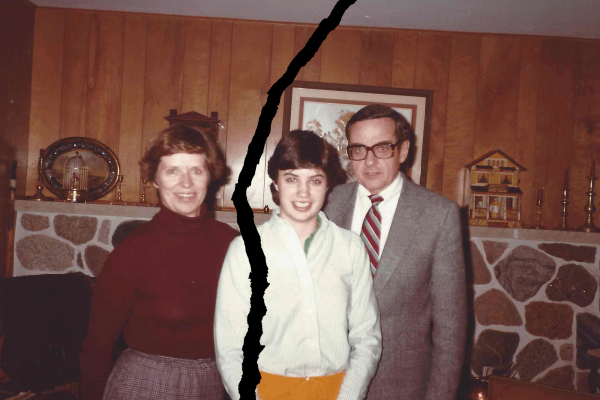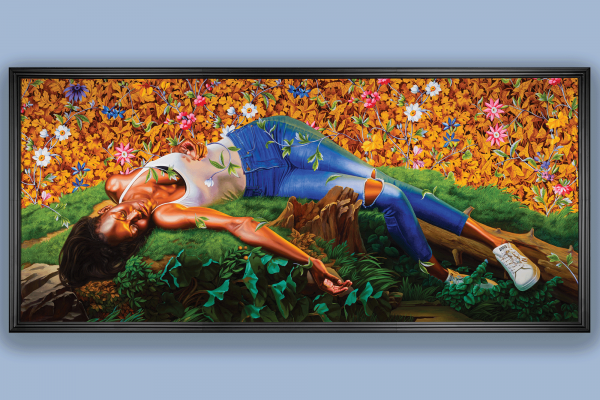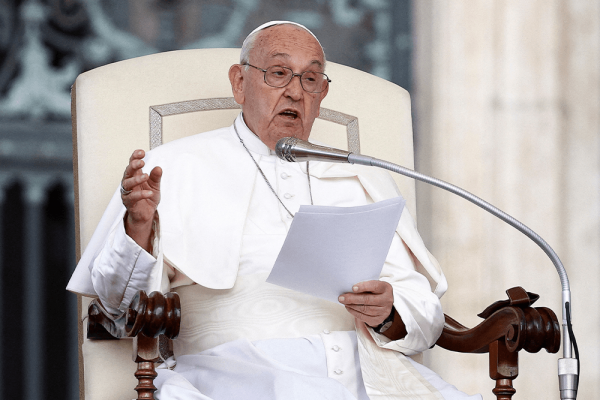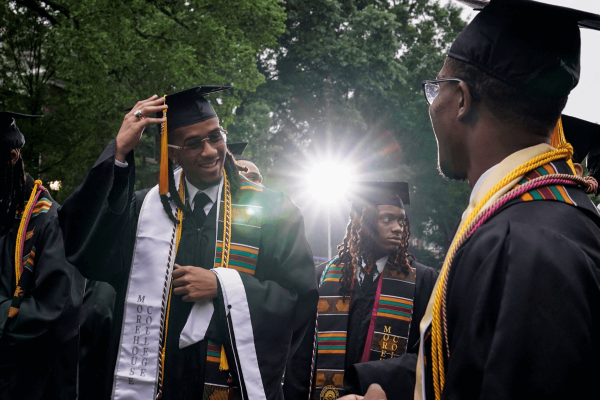As a kid, I ran everywhere. When I was in elementary school, I ran around the block to see friends, to launch assaults in games of “army” with other neighborhood kids, and to get into shape for soccer season. As I moved into high school, I picked up the distance, threading my way through adjacent working-class suburban neighborhoods in southwest Jackson, Miss., in 3 and then 5-mile loops. I typically hit the black asphalt pavement in the early evening, after the settling of the afternoon humidity and our routine 5:15 p.m. supper. I can still recall the euphoric experience of being “in the zone” — the burn in my legs and lungs receding, lulled by the steady footfalls and the flow of the shadows cast by the awakening streetlights. Aside from rare interruptions to evaluate the demeanor of a stray dog or a distracted driver, these runs were a source of solace and calm in my overscheduled adolescence.
As I sit with the unfolding, wrenching story of the killing of Ahmaud Arbery in Georgia, the state that is home to six generations of my extended family, I’m struck by the things I never thought about as a white boy jogging. The events brought back the words of Jonathan T. Capehart, a journalist for the Washington Post, who — in the wake of the 2014 shooting of Michael Brown in Ferguson, Mo. — recalled advice his mother gave him as a black boy:
"How I shouldn’t run in public, lest I arouse undue suspicion. How I most definitely should not run with anything in my hands, lest anyone think I stole something. The lesson included not talking back to the police, lest you give them a reason to take you to jail — or worse. And I was taught to never, ever leave home without identification."
My mother was as overprotective as they come. I had a strict 10:30 p.m. curfew all the way up through my high school graduation. I was grounded once for coming home late from a rural revival tent meeting. (The Spirit had moved, but my mother had not.) As a kid, and especially as a teenager, I felt like there was no threat — without or within, real or imagined — that my mother had not anticipated and gamed out.
And yet, my mother never thought, or needed, to warn me about running while white.
I was never concerned that there could be consequences for crossing a main road that separated our immediate neighborhood from the adjacent one, or that the Confederate flags I passed along my route might be intended as a “no trespassing” sign for people who looked like me. I wasn’t Ahmaud. Scores of childhood friends donned camo and lugged military-style toy rifles from yard to yard as we replayed World War II battles. No one worried a police officer, or a neighborhood vigilante, patrolling our streets would mistake us for a real threat. We weren’t Tamir Rice or Trayvon Martin.
This sense of entitled safety — or, in its extreme form, invulnerability — runs silent and deep in white America. It provides more than just a license to jog.
From its inception, the country’s legal foundations, political architecture, and civic fabric were designed to privilege the well-being of those who declared themselves white at the expense of Native Americans, African Americans, and other people of color. Generation after generation, as the baldest tactics were challenged, white America creatively renewed and reworked this pact to protect ourselves from political disempowerment, economic uncertainty, legal jeopardy, and physical violence. When the weight of the blood spilled by over 750,000 Americans shattered outright slavery, white America picked up the shards, fashioning them into a ramshackle but effective system of sharecropping, lynching, convict leasing, segregationist Jim Crow laws, restrictive immigration policies, appeals to “states’ rights,” voter suppression, and mass incarceration.
The early COVID-19 infection patterns have reflected the institutionally protected status of white Americans, who are more likely than non-white people to hold white collar jobs that don’t require difficult tradeoffs between employment and safety; to live in single family homes that don’t demand the use of shared elevators or tight stairwells; to have access to a car rather than relying on public transportation; and to have better baseline general health conditions. According to data compiled by Johns Hopkins University, while black people represent only 13 percent of the population in the states that are reporting COVID-19 fatalities by race, they account for 34 percent of the deaths. And a recent Monmouth University survey found that white people are roughly half as likely as non-white people (12 percent vs. 23 percent respectively) to say someone in their family has contracted COVID-19.
But, now, just as many states are easing restrictions and reopening businesses, the latest analysis on the spread of the coronavirus shows that these infection patterns are shifting. Demographer Bill Frey of the Brookings Institution found that counties newly designated as “high COVID-19 prevalence” in the most recent week of data (May 4 through May 10) were “concentrated in smaller and nonmetropolitan areas in the South and Midwest, and contained a larger share of white residents than in any previous week.” The shift is stark: In the week ending March 29, white people comprised less than half (48 percent) of cases in high-prevalence counties, but in the most recent week this number has risen to 65 percent. This new reality is on a collision course with whites’ sense of invulnerability. When asked in a recent CNN/SSRS poll where the U.S. stands in relation to the pandemic, nearly two-thirds of non-white people, but less than half of white people, believe the worst is yet to come.
In too many ways, it is still the unfortunate truth that white people in America are less vulnerable than our fellow citizens of color. Even vigilant white mothers don’t have “the talk” with their sons about running in public. Not only can white kids still afford to play “army” with toy guns in their neighborhoods, but white adults, absurdly, can protest stay-at-home orders by occupying state houses brandishing real military-style weapons and Confederate flags without fear of being shot by police. Contrast that with the scenes this week from Minneapolis, where police used tear gas on crowds protesting the police killing of George Floyd.
White supremacy has indeed done much to protect white America. But the sense of invulnerability that it has inspired is a delusion, produced by generations of injustice. Today, it is leaving many white Americans unable to see the imminent threat of a virus that is oblivious to our expectations of safety and unable to act in ways that will protect not just themselves but the country.
Got something to say about what you're reading? We value your feedback!







